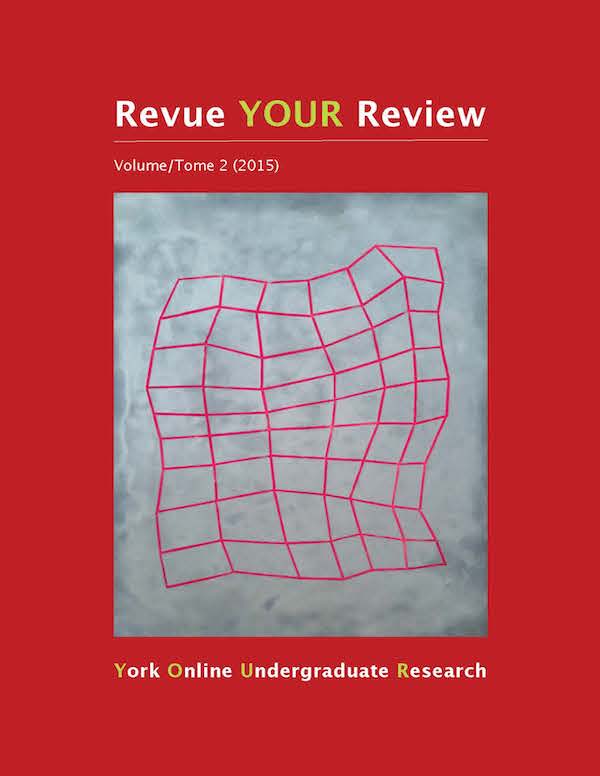Black Residents of Toronto and the Police
Abstract
Members of the Toronto Police Services serve and protect Torontonians. They engage in “carding,” which is the act of randomly stopping people and getting their information to create a database that later helps in police investigations. The Toronto police contend that these random stops alleviate crime and keep residents of Toronto safe. However, the outcomes of carding are grossly disproportionate with the aims of the practice. Studies reveal that 44% of people of colour reported being stopped by the police at least once whereas only 12% of white people reported being stopped by the police. The overrepresentation of people of colour in these procedures shows that racial profiling occurs in the system. Black Torontonians are stopped and questioned by the police not necessarily in relation to a crime, but based on assumptions and stereotypes about people of colour. This research is founded in various scholarly secondary sources as well as news articles on the topic. The goal of this research was to explore the broader implications of racial profiling in the daily lives of people of colour and how this might contrast to the dominant group in society. This research examines gender, race, and social class in relation to police carding.
Downloads
How to Cite
Issue
Section
License
Authors contributing to Revue YOUR Review agree to release their articles under one of three Creative Commons licenses: Creative Commons Attribution 4.0 International; Creative Commons Attribution-NonCommercial 4.0 International; or Creative Commons Attribution-NoDerivatives 4.0 International. All editorial content, posters, and abstracts on this site are licensed under Creative Commons Attribution-NoDerivatives 4.0 International. For further information about each license, see:
https://creativecommons.org/licenses/
In all cases, authors retain copyright of their work and grant the e-journal right of first publication. Authors are able to enter into other contractual arrangements for the non-exclusive distribution of the e-journal's published version of the article (e.g., post it to an institutional repository or publish it in a book or in another journal), with an acknowledgement of its initial publication in this e-journal.


